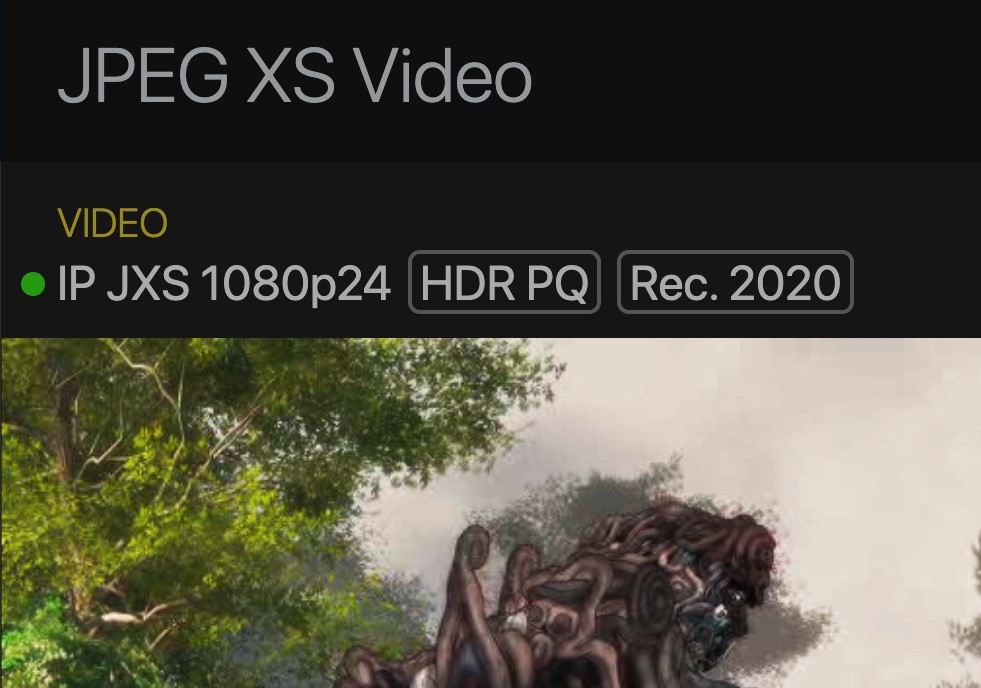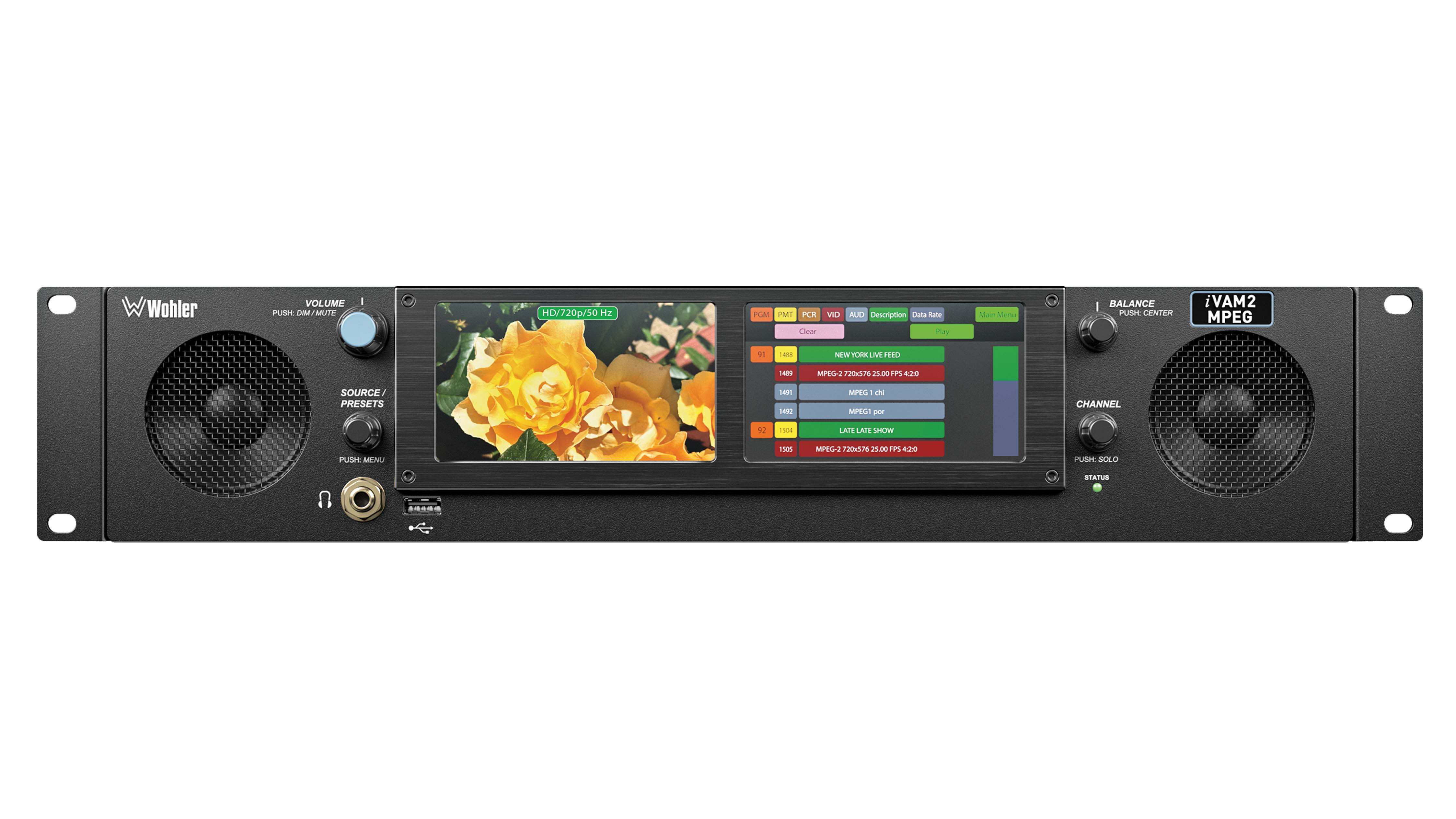Bridge Technologies Adds JPEG XS Support To VB440 Monitor
The VB440 monitoring solution provides its full range of measurement metrics for the standard

OSLO, Norway—Bridge Technologies has integrated JPEG XS compression analysis into its VB440 monitoring solution, the company said today.
Working with intoPIX, Bridge Technologies added JPEG XS support to the VB440, which now provides its full range of measurement metrics for the new compression standard.
The VB440 is designed for monitoring and analysis of SMPE ST 2110 and ST2022-6 high bitrate broadcast traffic. It is well-suited for core broadcasting networks, production studios, master control centers and outside broadcast vehicles and venues, the company said.
Capable of monitoring both IP and SDI-encapsulated video, the VB440 delivers ultra-low latency analytics of compressed and uncompressed data for the deep insight needed to ensure error-free delivery of live and recorded broadcast from any remote location across the globe, it said.
JPEG XS delivers a similar level of compression as the JPEG 2000 standard, supporting lossless compression of between 10 and 15 times the original, but with significantly lower latency, thus allowing for responsive, real-time production of broadcasts, it said.
The standard is particularly useful in conditions where there is either limited bandwidth within a production network or there is a lack of control over the timing precision that can be achieved between PTP leader and follower clocks in long-haul networks between studio and venue.
The ability of JPEG XS to operate across both PTP and traditional Transport Streams makes it a flexible compression standard, and this is fundamental to delivering content in a way that is efficient and affordable, but which still ensures exceptional image quality. In essence, JPEG XS allows broadcast networks to do more with less, it said.
The professional video industry's #1 source for news, trends and product and tech information. Sign up below.
The company has published a YouTube video on the implementation of JPEG XS.
More information is available on the company’s website.
Phil Kurz is a contributing editor to TV Tech. He has written about TV and video technology for more than 30 years and served as editor of three leading industry magazines. He earned a Bachelor of Journalism and a Master’s Degree in Journalism from the University of Missouri-Columbia School of Journalism.

